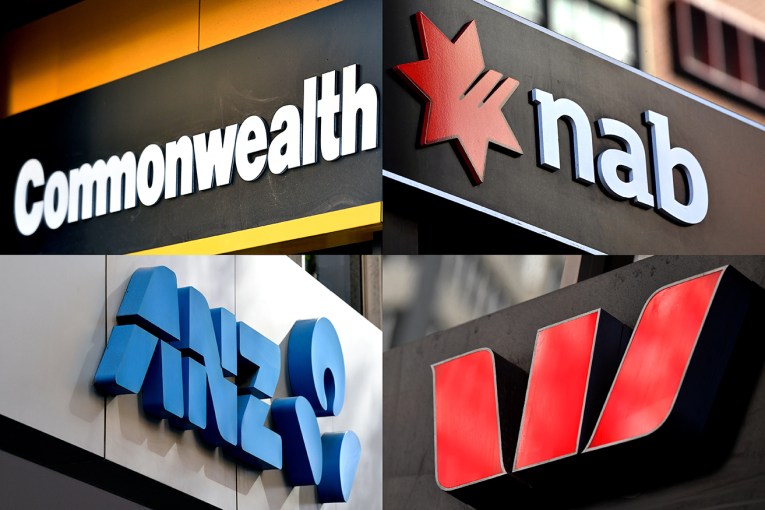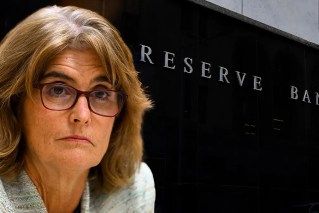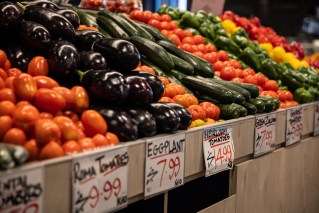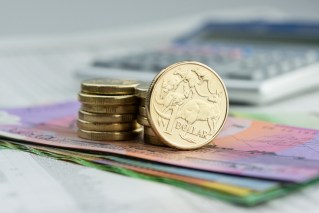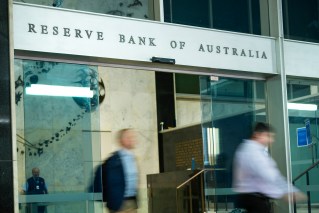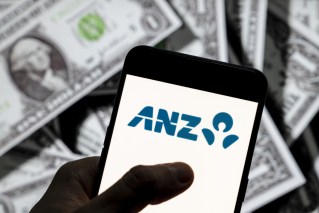RBA slashes rates to a new record low of 0.25 per cent and launches quantitative easing

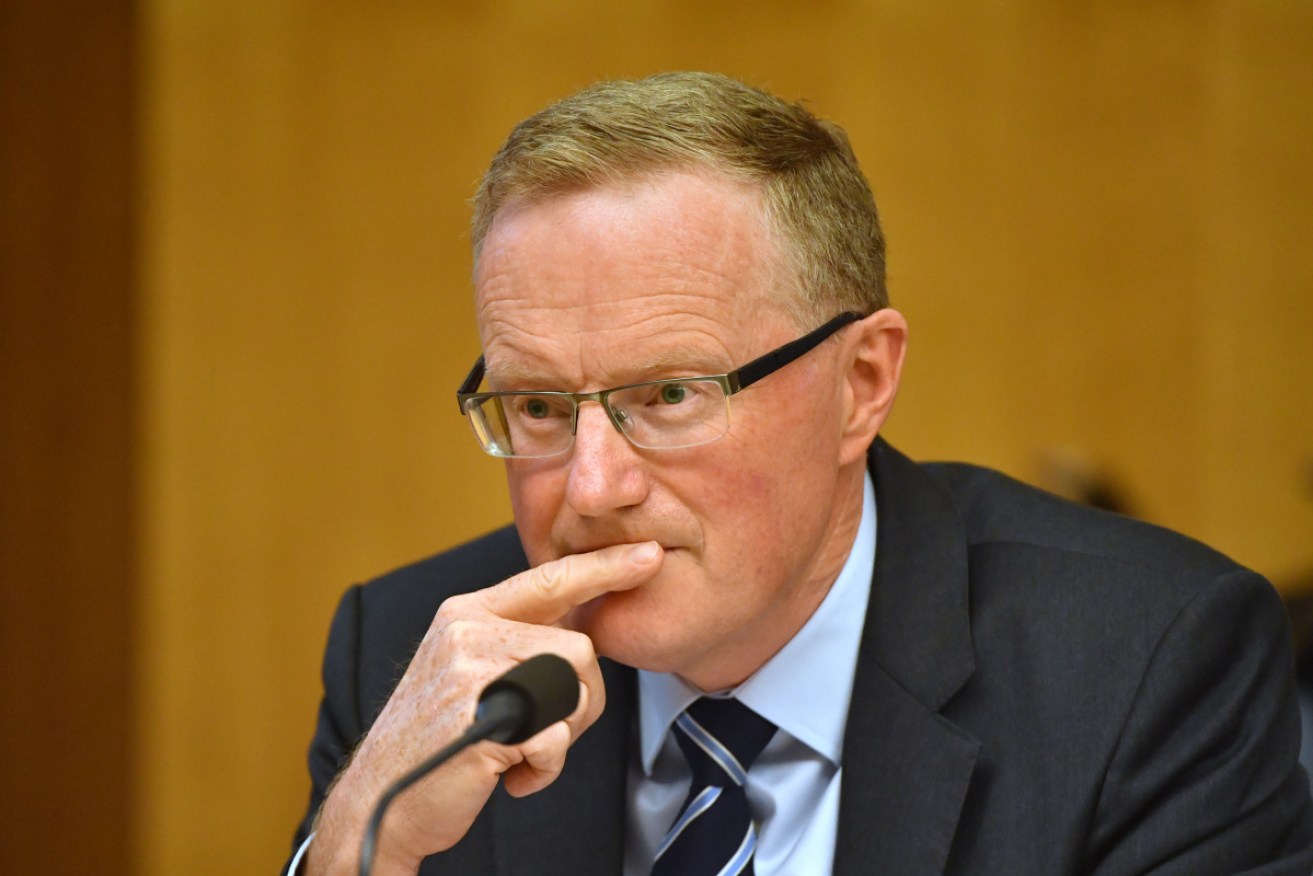
The Reserve Bank has slashed rates to 0.25 per cent.
The Reserve Bank has slashed interest rates to a new record low of 0.25 per cent and announced it will start quantitative easing (QE) for the first time in history.
The historic rate cut marks the first time the central bank has cut rates outside its ordinary monthly meeting since 1997.
Financial markets had fully priced in a rate cut of 0.25 percentage points in the lead-up to the announcement – which governor Philip Lowe flagged on Monday – and Treasurer Josh Frydenberg believes the banks will pass on the rate cut in full.
Dr Lowe said the bank had chosen to cut rates and purchase government bonds to support jobs and incomes “so that when the health crisis recedes, the country is well placed to recover strongly”.
The central bank will buy as many government bonds as necessary to bring down the yield on three-year government bonds to 0.25 per cent – driving down borrowing costs for business and government.
And Dr Lowe said the central bank wouldn’t increase interest rates until progress had been made towards an unemployment rate of 4.5 per cent and inflation had risen to its target band of 2-3 per cent a year.
In addition to maintaining low interest rates and starting QE on Friday, the central bank said it would increase its repo operations and set up a funding facility for banks to supply $90 billion worth of cheap credit to affected small and medium-sized businesses.
“The Reserve Bank will provide a three-year funding facility to authorised deposit-taking institutions (ADIs) at a fixed rate of 0.25 per cent,” Dr Lowe said.
“ADIs will be able to obtain initial funding of up to 3 per cent of their existing outstanding credit.
“They will have access to additional funding if they increase lending to business, especially to small and medium-sized businesses.”
The RBA’s announcement comes after central banks around the world unveiled huge stimulus packages to stabilise financial markets and limit the economic impacts of the coronavirus.
The European Central Bank has said it will buy $1.46 trillion worth of government and company debt across the eurozone, and the US Federal Reserve announced a similar package worth $1.25 trillion on Sunday.
By starting QE, the RBA hopes to stabilise the financial system and encourage banks to keep lending to businesses and home buyers as the country enters a major economic downturn.
Ratings agency S&P Global has said the world is already in recession, and ANZ is tipping Australia’s unemployment rate to reach 7.8 per cent by the end of the year.
The Reserve Bank will announce more details of its quantitative easing program at 4pm on Thursday.
